
Fiber breakage is a very common injury among people who practice some type of sport, which occurs when the muscle is torn due to improper movement.
Muscles are made up of fibers that can be broken by an excessive load, a jerky gesture, or insufficient warm-up or stretching before training. It can also be caused by weak muscles or poorly healed previous injuries. But it is not necessary to be doing sports to suffer this injury. It can happen during the performance of some normal daily activity.
Symptoms of a fiber break
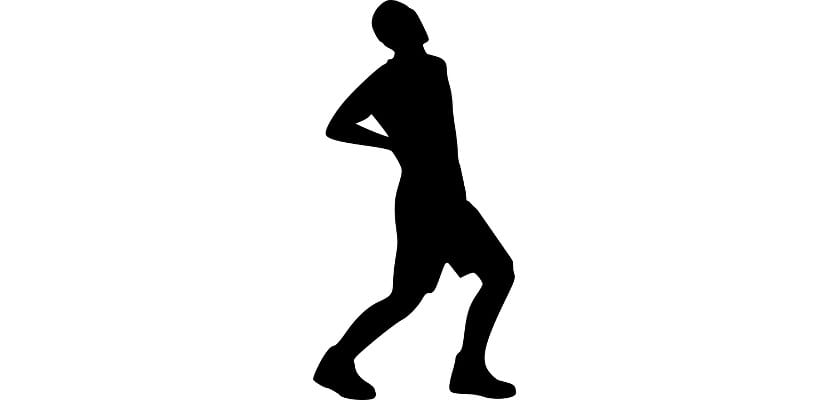
Those who have suffered it know perfectly well that fiber breakage is associated with acute pain. The affected muscle can hurt both at rest and when trying to do a movement. That is why there is a total inability to use it. The ruptured nerve endings are partly responsible for this pain.
The fiber breakage that occurs in the calf is also known as stone. And it is that the sensation (and sometimes even the sound) is like a blow. Much like what it would feel like if someone threw something at you with power against the muscle.
Redness, swelling, bruises (it should be noted that in addition to fibers and nerve endings, blood vessels are also broken) and a feeling of weakness in the muscle are also included among the symptoms of this muscle injury.
Can they be prevented?
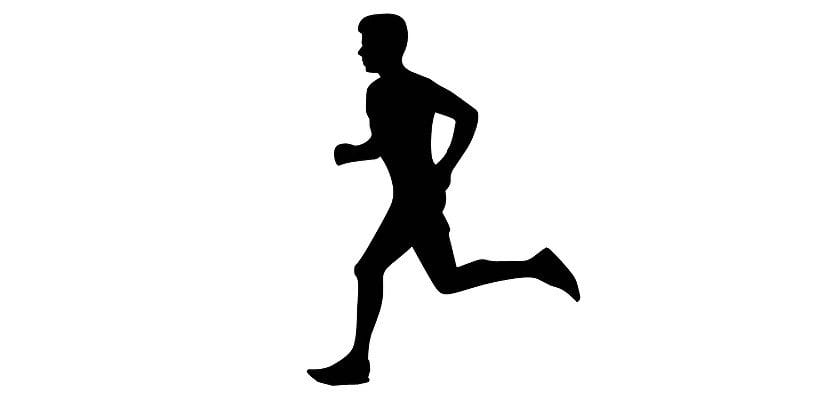
There are a series of habits that can help you greatly reduce the chances of suffering a fiber break, both in training and in your daily life. Although you probably already know them, it never hurts to remember them. In addition, these are tips that are useful to prevent not only fibrillar tears, but any injury in general:
- Warm up before exercising
- Stretching after exercising
- Stretching every day
Which is the treatment?
If you think that fiber breakage could be serious (medical assistance is essential if you have a fever, severe open cuts, or the muscle has significant swelling) go to a hospital as soon as possible so that a doctor can establish the degree of rupture and the necessary treatment. The latter may include braces and crutches, as well as rehabilitation exercises to help you recover. In some cases it is even necessary to use surgery to repair the tear.
Ice

The first thing that is usually done is to put ice (always wrapped in a towel) on the affected muscle. It is a remedy as old as it is effective. The reason is that, in addition to acting as an analgesic, it helps control inflammation and local bleeding, especially immediately after fiber breakage. Apply for 20 minutes every 1-2 hours.
Resting Time
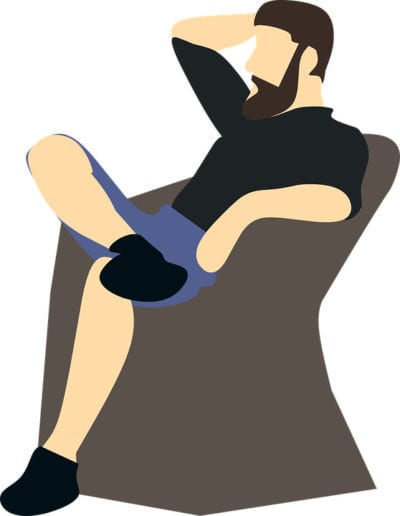
Rest is a very important phase of treatment. Straining the muscle can delay recovery, but forgetting about it completely can also be detrimental to proper healing. It is considered that it is best to find a middle ground, although you always have to try to avoid any activity that is painful for you. The duration varies depending on the degree of breakage. On the other hand, keeping the injured area elevated during this phase is beneficial as it helps reduce swelling.
Medication

To help relieve pain associated with a fiber break, your doctor may prescribe nonsteroidal anti-inflammatory drugs, such as ibuprofen or naproxen.
Compression bandage
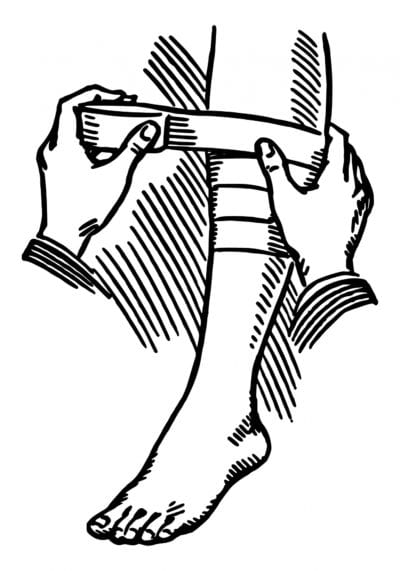
Compression bandages reduce swelling. They also offer muscle support, which is why some people put it on immediately after injury if they need to continue using the muscle. However, before putting it on, it is advisable to wait at least 72 hours to allow time for blood circulation to improve in the area. Heat (but only when the swelling has subsided) is often part of the treatments for fiber breaks as well.
Recovery
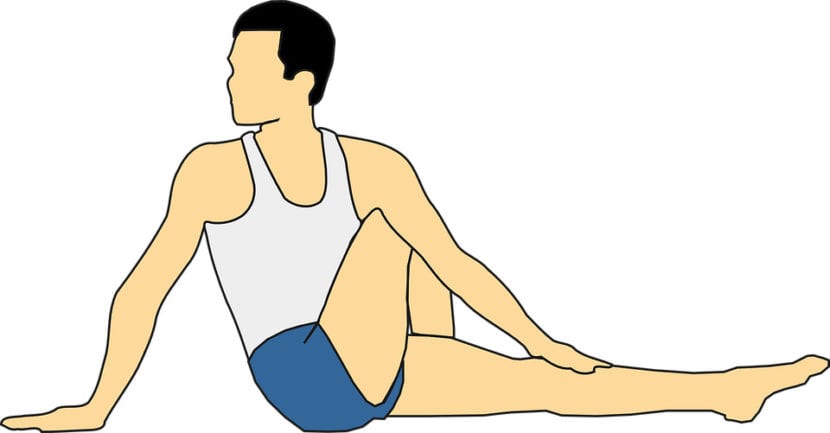
To reuse the muscle that has suffered the tear, it is necessary to wait until the pain has improved significantly. It begins by performing progressive stretches with the affected muscle with an eye toward ending up living a normal life after a certain amount of time. Although much of the discomfort has disappeared, it is very important to increase the intensity little by little so that the muscle does not suffer.
Surely you have heard countless times on the sports news that a footballer will miss the next game due to a fibrillar tear. The healing time can vary depending on many factors, such as the degree of tear (mild, moderate or severe) and your age. In this way, it can take anywhere from 8-10 days to more than three weeks. But the important thing is that, through proper rehabilitation (consider putting yourself in the hands of a physical therapist), most people make a full recovery from a fiber break.